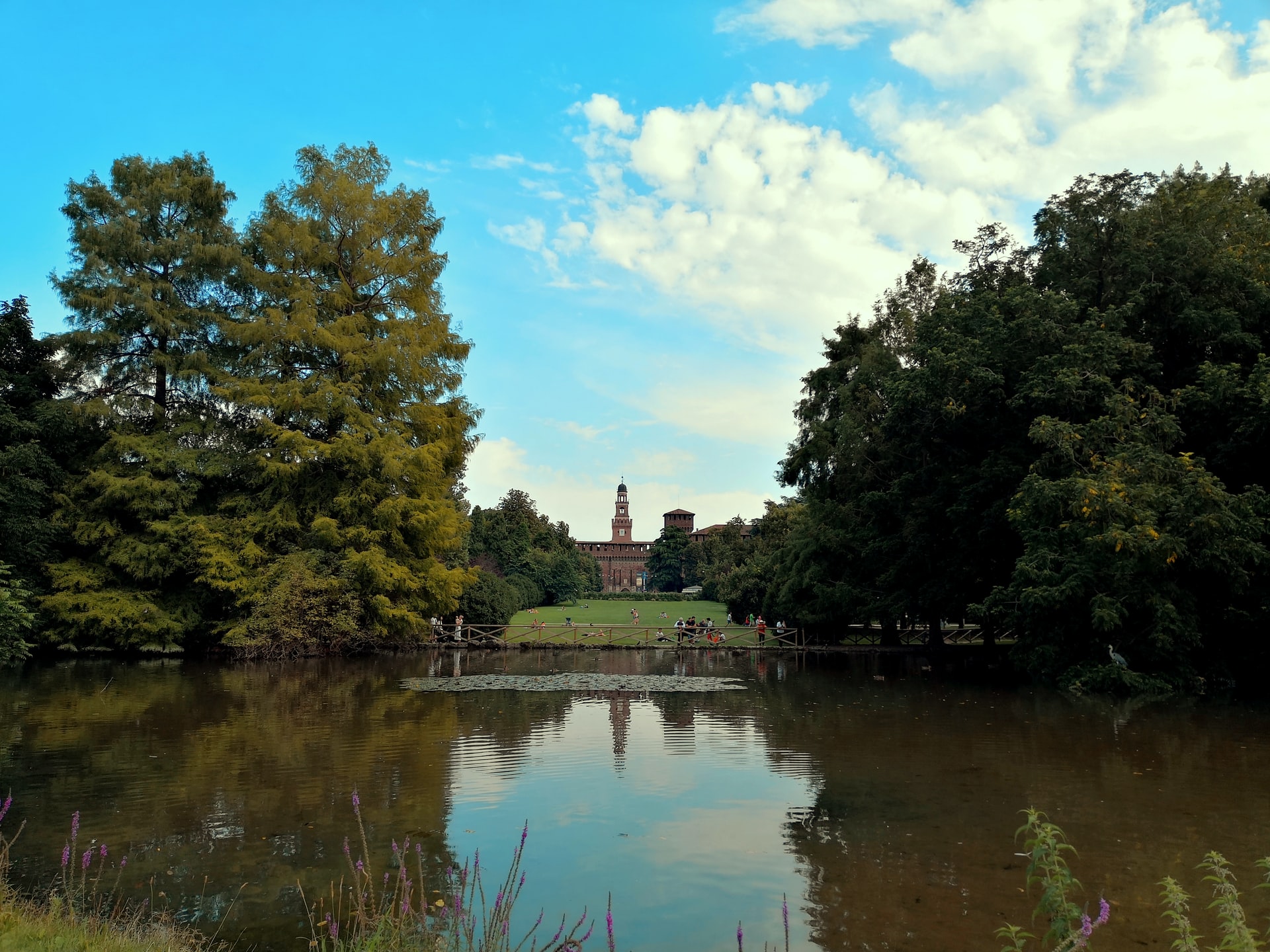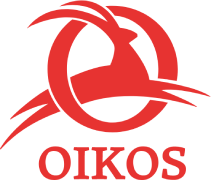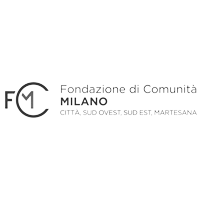A green community to protect biodiversity
Environmental Awareness and the Care of Urban Green Spaces

The Environment: a Common Good
Urban green areas host a little-known yet vital biodiversity that contributes significantly to citizens’ well-being. Recognising and valuing this richness is essential: green spaces, along with the animal and plant species that inhabit them, are a shared resource that must be protected, for the benefit of all. This is a responsibility that must be embraced at every level.
The protection of urban greenery is not only a civic responsibility, but it can also become a tool for aggregation, in a context where the social relations seem to be getting thinner and thinner.
Environmental sustainability has become a central theme in the international debate and it is touching the conscience of many people all over the world. In recent months, then, the spread of the COVID-19 pandemic, whose origin must be sought in the alteration of ecosystems, was another opportunity to reflect on the need to protect natural resources. The strengthening of this common consciousness must be enhanced: to protect nature we must first know the natural systems with which we interact every day, often without even noticing. We all want cities that are more livable and greener, but have we ever thought about what we can do to make these environments healthier?
With the project A green community to protect biodiversity, funded by Fondazione di Comunità Milano onlus, we work on the territory of the Municipality 3 of Milan. With one goal: to spread a greater awareness of the green around us and how to take care of it.
The first step is the surveys on the territory, to determine what is the composition and structure of the green, the microclimate in green areas and the presence of wildlife, a topic still completely unexplored for the city of Milan. The results will then orient concrete conservation interventions: planting of flower essences, restoration of grasslands, creation of small wetlands and shelters for birds in the gardens of some schools. The whole community is called to actively participate in the whole process: from schools—involved in activities to create an environmental ethic, according to the bio-greenschool model—to private citizens. The people of the Municipality 3 are invited to contribute to the monitoring and implementation of the surveys, through citizen science workshops, with the support of experts.
This methodology may then represent a model for the restoration of urban green, to be replicated in other municipalities.
Il progetto in numeri
180k
potabile in Tanzania
22k+
raccolti a Ibo, Mozambico
52k+
in Mozambico e Myanmar
11k+
di educazione nel mondo
200
di attività economiche
in Tz e Myanmar
1700
in Italia
1700
in Italia
52k+
in Mozambico e Myanmar
1700
in Italia

